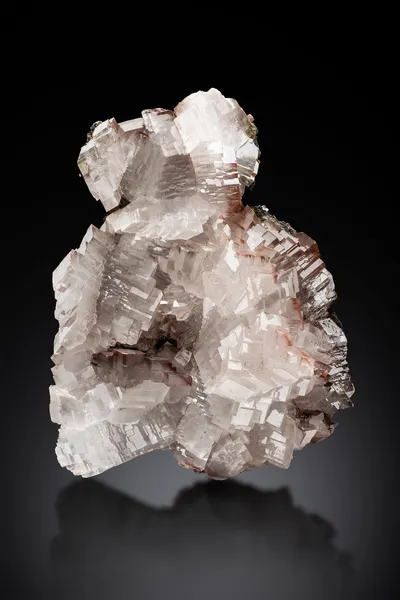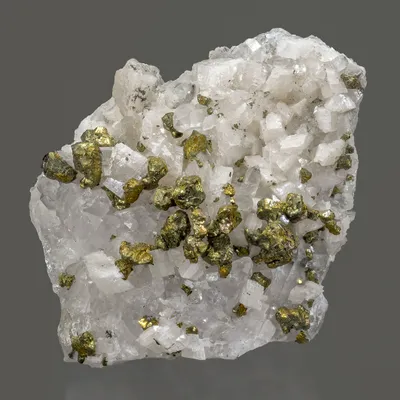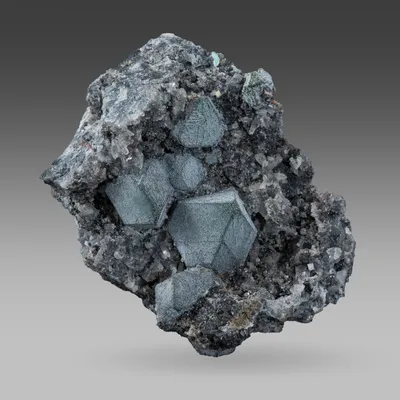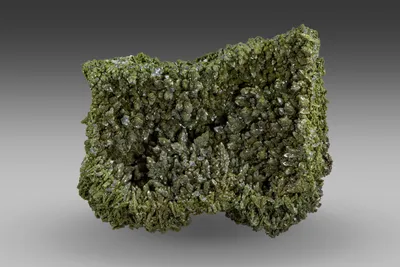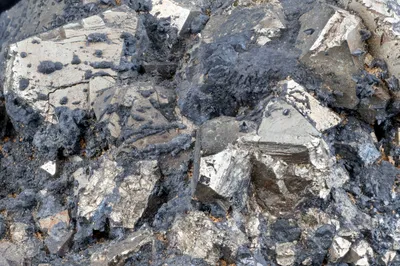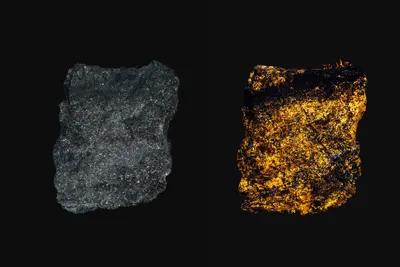Mineral Species
Bornite
Type Locality
No
Composition
Cu5FeS4
Crystal System
Orthorhombic
Status at Tsumeb
Confirmed
Abundance
Common
Distribution
First, second and third oxidation zones; sulphide ores
Paragenesis
Hypogene; supergene
Entry Number
Species; TSNB56
General Notes
Bornite is widespread throughout the deposit; somewhat rare between surface and 12 Level, much more common between 12 Level and 35 Level, and then as traces only below 35 Level (Lombaard et al. 1986). Although bornite is an abundant component of some massive sulphide ores, it very rarely forms crystals (Pinch and Wilson, 1977).
In parts of the ore body, bornite was of major economic importance. Generally speaking, however, it does not occur as specimens of interest to collectors. Most of the observations recorded here are based on reflected light microscopy.
Based on textural relationships, most students of ore microscopy at Tsumeb have concluded that bornite crystallised relatively early in the hypogene (sulphide) paragenesis (see, for example, Schneiderhöhn, 1929; Moritz, 1933; Sclar and Geier, 1957). Hughes (1987), however, suggests that some of the bornite is of supergene origin.
Haynes (1984/1985) noted the occurrence of bornite / chalcocite exsolution textures and proposed the following paragenesis:
chalcopyrite >> bornite >> chalcocite >> enargite >> tennantite.
Combining textural observations with thermochemical data he suggested that this sequence is consistent with the introduction of a single Cu-rich solution into the host dolomites, and that the equilibrium assemblage of sulphide species shifted as the increasing pH (through the buffering effect of the dolomite) caused the fluid chemistry to evolve. It is notable, however, that this study was based on isolated samples retrieved from 16 Level and from 30 Level.
Keller (1977a) described bornite as "… rather rare" at Tsumeb, but that "… it is found in greater abundance at greater depth". He noted that "Massive pieces of bornite of about 1 cm in size occur with germanite." Keller (1984) considered bornite to be "… one of the oldest ore minerals" at Tsumeb, and "… much rarer" than chalcocite or tennantite. He noted that fresh surfaces of bornite can be confused with germanite or renierite, but that bornite tarnishes very much more rapidly.
In contrast with earlier workers, Lombaard et al. (1986) considered bornite to be one of the later hypogene copper minerals, forming in the intermediate stages of hypogene mineralisation and more or less coeval with tennantite.
Pinch and Wilson (1977) noted that some bornite ore contained up to 1.5 kg/t of silver. Lombaard et al. (1986) confirmed the presence of silver (700 – 1,500 ppm) in bornite. They also noted the occurrence of gold (280 – 300 ppb) in high-grade bornite-chalcopyrite ore.
Associated Minerals
anglesite; baryte; betekhtinite; briartite; calcite; carrolite; chalcocite; chalcopyrite; chudobaite; covellite; digenite; djurleite; enargite; galena; gallite; germanite; germanocolusite; hemimorphite; hydrozincite; linnaeite (?); ludlockite; malachite; mawsonite; molybdenite; mottramite; pyrite; quartz; reinerite; renierite; siderite; silver; smithsonite; sphalerite; stannite; stromeyerite; tennantite-(Zn); tungstenite; wurtzite
